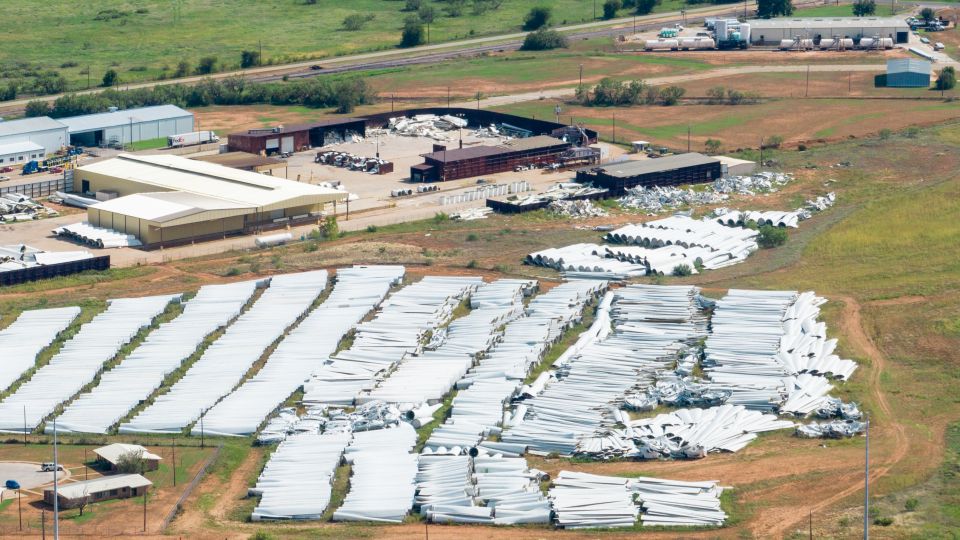They're not even close. Oil magnate, and multi billionaire energy expert and consultant T. Boone Pickens spent years trying to develop, "The Pickens Plan".
In it he included everything, from the cost of purchasing the land, to the wind turbine cost themselves, installation costs, infrastructure requirements along with all associated expenses, and longevity of the units themselves. (Wind turbine manufacturer Siemens worked with him).
Also the cost of maintenance was taken into account, along with employee salary cost to run the whole thing. Another thing that he carefully studied, was profitability had to take into account the cost of oil.
If the price of oil went down, it ate right into any profits that might be realized by wind production. By making wind even more expensive in comparison to fossil fuel produced power.... Which there is already plenty of.
And OPEC could easily control the price of oil, if they felt the slightest bit threatened by wind. And after everything was taken into account, he determined it could not be run at a profit, and the entire project was abandoned.

 tvpworld.com
tvpworld.com



/cloudfront-us-east-2.images.arcpublishing.com/reuters/LC3WQIJY4ZP2DAI6O7H5W5J23U.jpg)